Native American gardens are different from European kitchen gardens. Native Americans use different effective gardening techniques to make their garden more productive. The old gardening techniques of native Americans are also part of modern gardening
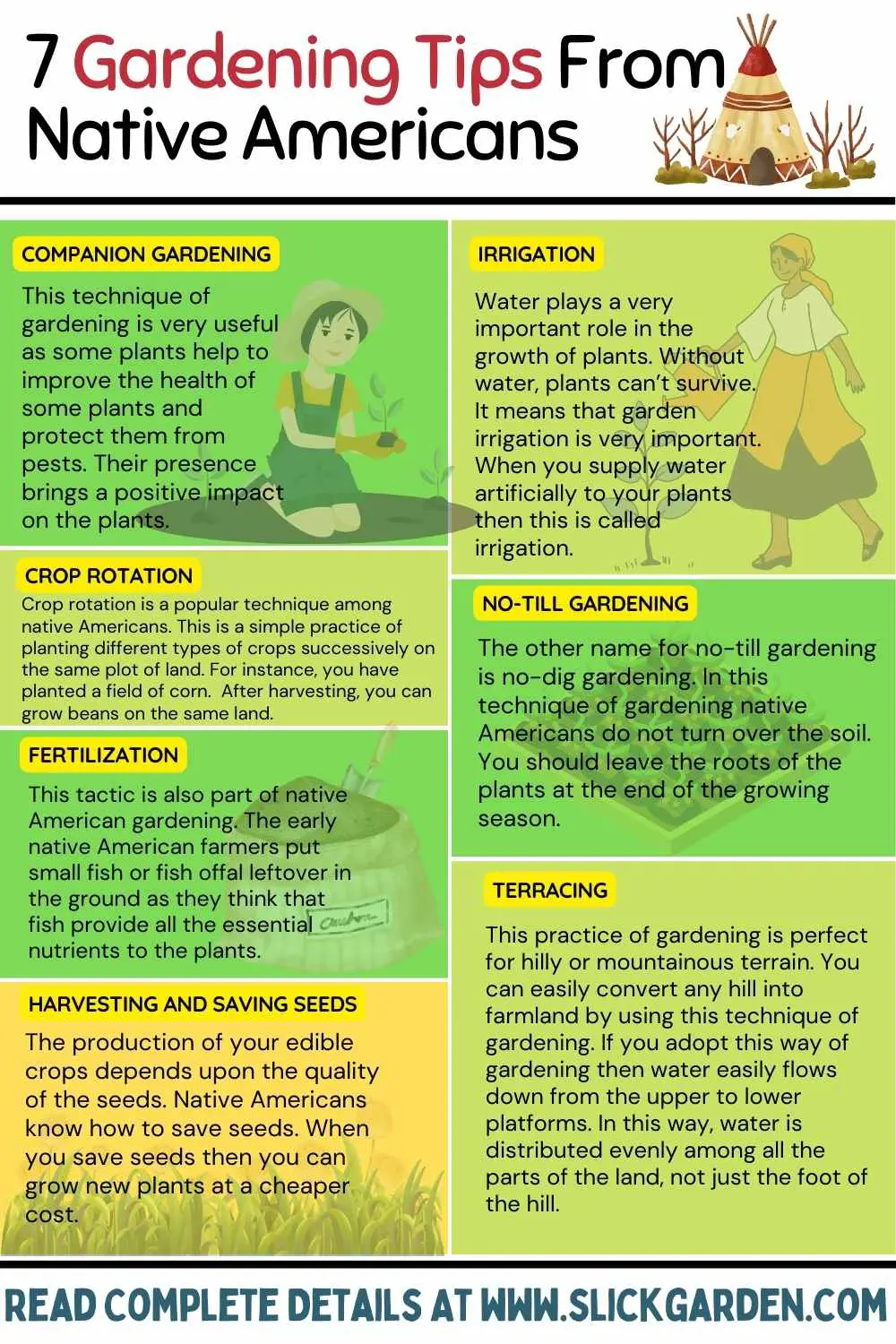
1- COMPANION GARDENING
This technique of gardening is very useful as some plants help to improve the health of some plants and protect them from pests. Their presence brings a positive impact on the plants.
In the same way, some plants are not suitable for some plants. The most popular companion plants that native Americans like to grow are beans, corn, and squash together.
As these three crops help each other that’s why they are also called “Three Sisters” gardens. This is the best combination of companion gardening.
The function of the corn in this combination is to provide support to beans. Corns are performing the function of trellises for beans. If we talk about beans they have the ability to pull nitrogen from the air and put it into the soil.
As you know, nitrogen is very important for the growth of plants. Squash has large leaves that perform the function of mulch to retain moisture in the soil. The prickly leaves of the squash also deter animals and pests. Following are the benefits of companion gardening.
- The most important benefit of companion gardening is that large plants provide shelter to the smaller ones. Harsh sunlight on summer days can be harmful to some plants. Large plants easily protect smaller plants from wind and sun.
- Some vegetables need support for proper growth. For example, beans need the support of corn plants.
- Some plants can attract beneficial insects that are good for other plants. For instance, bees help in the pollination process.
- Companion gardening can improve the fertility of the soil and your plants get adequate nutrition.
Keep Reading: Herbs That Grow Well Together – Herbs Companion Planting
2- IRRIGATION
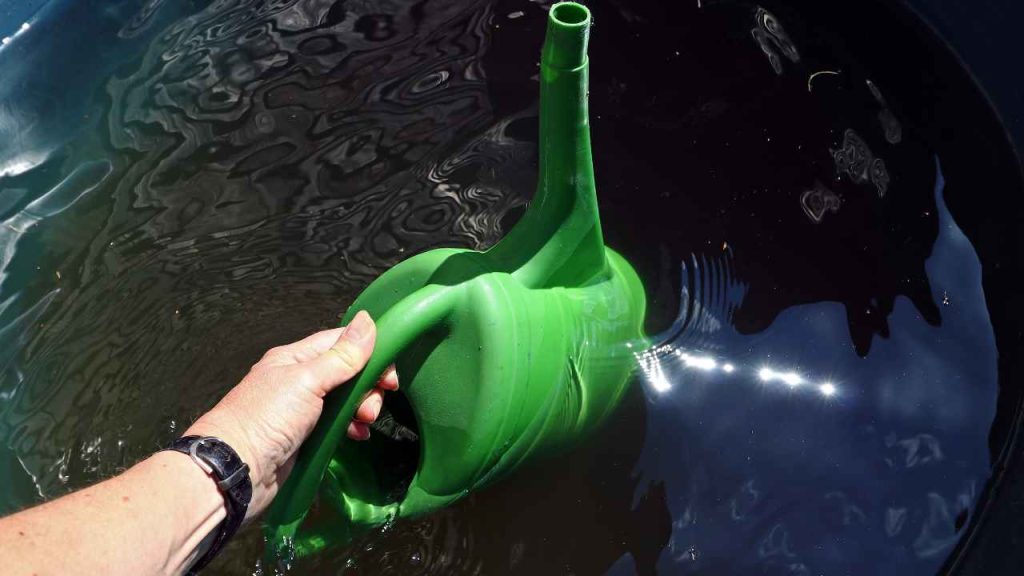
Water plays a very important role in the growth of plants. Without water, plants can’t survive. It means that garden irrigation is very important. When you supply water artificially to your plants then this is called irrigation.
The water resources used for irrigation are tube wells, ponds, lakes, wells, dams, and canals. In the past, native Americans had no modern tools or technology.
For watering their crops, they had to depend on the infrequent rains. Native Americans collect water during rainstorms and use it for irrigation. This is a very old technique of gardening that helps to keep crops healthy.
The amount and frequency of water depend upon the type of crops you are growing in your garden. For instance, summer crops need more water than winter crops.
You should carefully check the needs of your crops and avoid over-irrigation because it can spoil the production of crops. Overwatering can cause root rot and many fungal diseases in the plants. Following are the benefits of irrigation.
- Uncertain and insufficient rainfall can affect the health of your crops. When there is low rainfall irrigation will help to boost yield.
- The proper supply of water makes it possible that you can grow more than one crop.
- Irrigation helps to stabilize the productivity level of native Americans’ crops.
- When productive crops get water on time then it will increase the income of the native American farmers.
3- CROP ROTATION
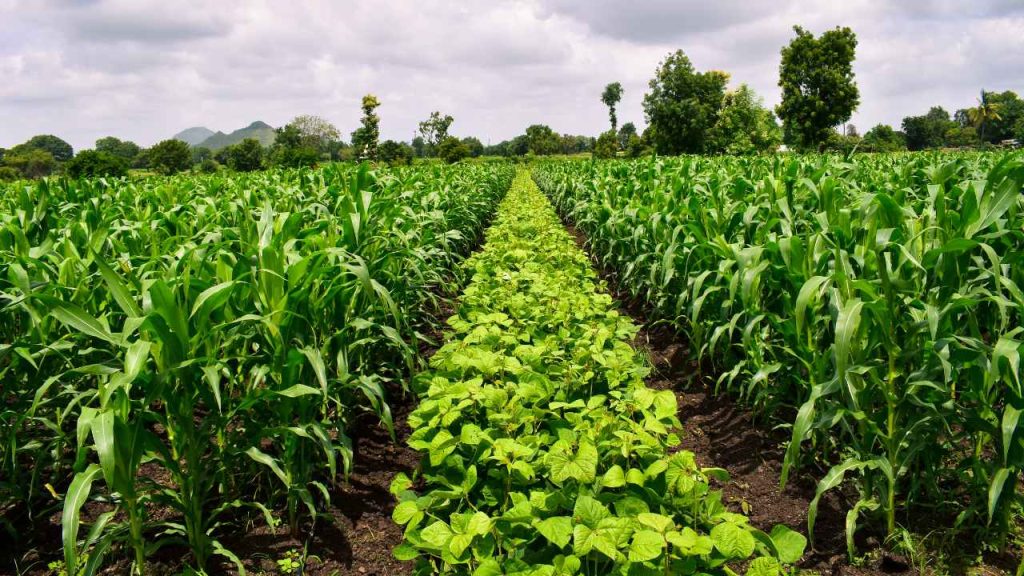
Crop rotation is a popular technique among native Americans. This is a simple practice of planting different types of crops successively on the same plot of land. For instance, you have planted a field of corn.
After harvesting, you can grow beans on the same land. Corns need a lot of nitrogen from the soil. It means the soil of this land has a deficiency of nitrogen.
You must select beans for growing in that location so the beans return nitrogen to the soil. This technique is very good to maintain the richness of the soil. Crop rotation is good for improving the health of the soil. It helps to optimize nutrients in the soil.
This simple technique is part of gardening that is very useful for the soil. If you plant the same crop in the same location every year then the same nutrients from the soil draws out by this similar crop.
The other big problem is that pests make permanent homes as they know they will get their preferred food. In that situation, you have to use chemical fertilizers and pesticides to increase productivity and reduce the number of pests.
This is a very beneficial technique for native Americans as it helps to return all the nutrients to the soil and improve the root structure of the plants. Each crop has its own needs and it also provides something back to the soil.
4- NO-TILL GARDENING
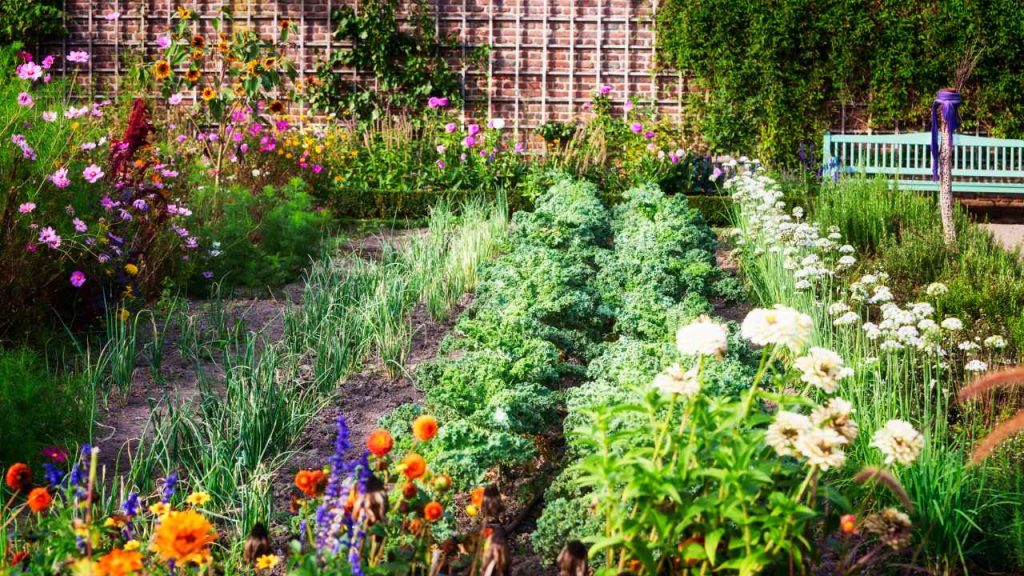
The other name for no-till gardening is no-dig gardening. In this technique of gardening native Americans do not turn over the soil. You should leave the roots of the plants at the end of the growing season.
You should not pull out the plants from the soil, just cut them with the help of the sharp pruners. Never mix the amendments such as compost and slow-release fertilizers in the soil.
You must add these amendments at the top of the soil. These organic materials with the left behind roots of plants give new energy to the soil.
This is a natural wild environment for your plants. This will create a dynamic ecosystem where beneficial fungi, microorganisms, nematodes, protozoa, and earthworms work together in the decomposition of the organic method.
New nutrients in the soil improve its quality. It will also help to maintain the drainage and moisture level of the soil. The following are the benefits of no-till gardening.
- Not-till gardening is the best technique because it saves your time and effort. You can easily plant new crops effortlessly.
- This method of gardening is close to nature, that’s why you can easily maintain it without the trouble of pests and diseases. The presence of beneficial insects helps to create a natural balance.
- The left-behind roots of the old plants will decompose with time and make the soil rich. Many beneficial worms and bacterias help in the decomposition process and provide more nutrients to the soil.
- When you do not till the soil then the natural structure of the soil will not disturb. This will reduce the water run off and your plants need less water. If you are living in such a location where you are facing a shortage of water then you must follow this technique of gardening.
5- FERTILIZATION
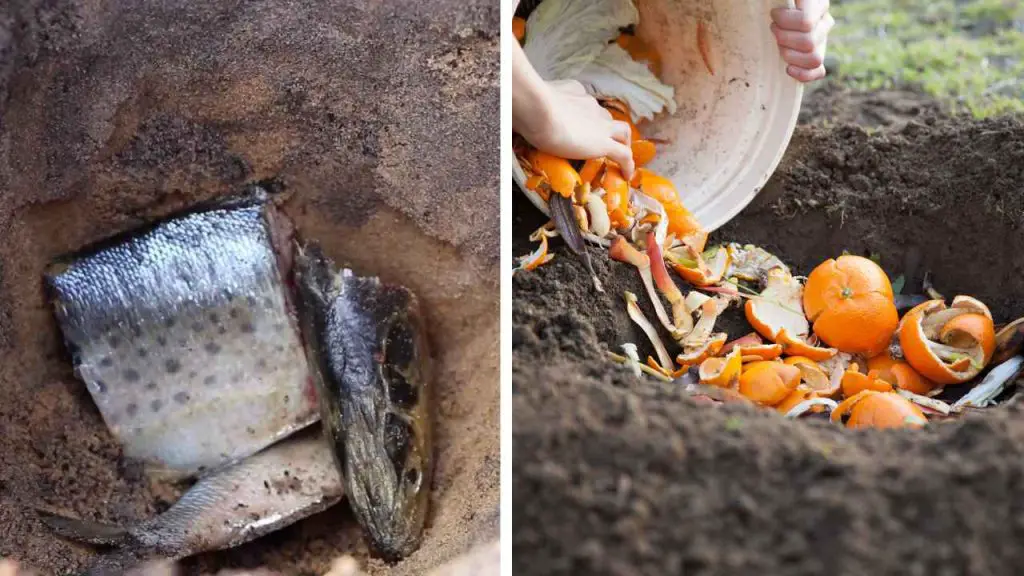
This tactic is also part of native American gardening. The early native American farmers put small fish or fish offal leftover in the ground as they think that fish provide all the essential nutrients to the plants.
They also buried bones and scrapes in the soil to make it richer. Decaying fish make the soil more fertile and native Americans are aware of it.
Now American farmers use fish emulsion. Fish emulsion is made from whole fish or parts of fish and delivers a quick nitrogen boost. This type of fertilizer is full of nutrients as they are a good source of burn-free nitrogen, potassium, and phosphorus. Following are the benefits of fish emulsion.
- When you use quick-release synthetic fertilizers than they easily absorb in the soil and are available for plants to use. But if we talk about fish emulsion or fish fertilizers they are different because the nutrients present in such fertilizers are first digested by different organisms such as fungi, bacteria, and earthworms.
- After digesting the activity of different microorganisms, this will help to increase the portion of organic nutrients in the soil. Microorganisms help to break down nutrients and loosen dirt as they travel in the soil. They make the soil more aerated and plants thrive very well.
- When plants receive all the essential nutrients then they will establish strong root systems and lead to vigorous growth.
Keep Reading:
- What Foods Can I Grow In A Vertical Garden?
- 10 Ways To Use Baking Soda In Your Garden
- Best Ways To Use Epsom Salt In The Garden
6- TERRACING
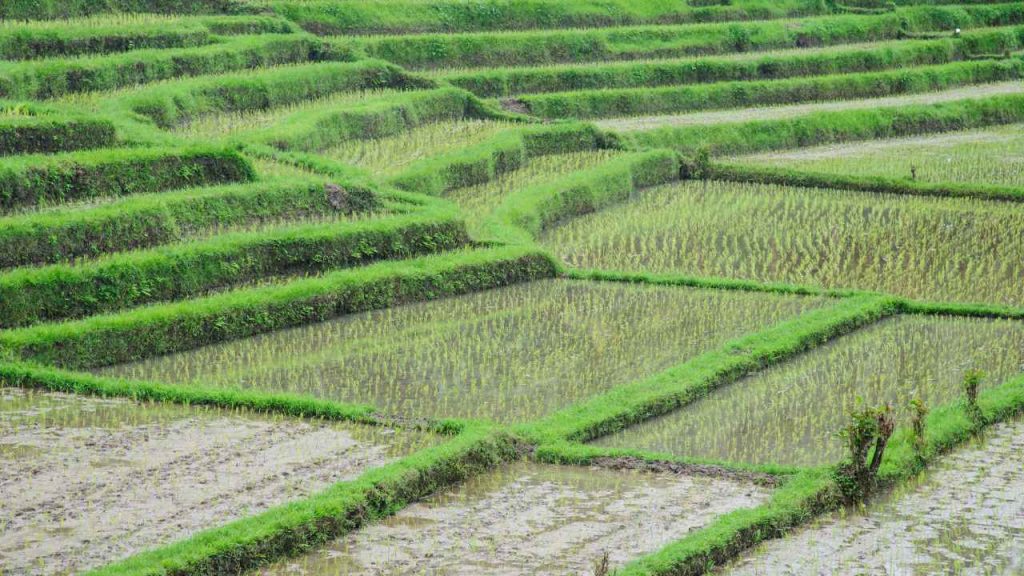
This practice of gardening is perfect for hilly or mountainous terrain. You can easily convert any hill into farmland by using this technique of gardening.
If you adopt this way of gardening then water easily flows down from the upper to lower platforms. In this way, water is distributed evenly among all the parts of the land, not just the foot of the hill.
This is the best advantage of terracing because it also prevents soil erosion. This gardening method is not specified for the mountainous area but it is also best for step-like platforms.
You can choose different types of terracing according to the steepness of the hill. The popular types of terracing are broad-base terrace farming, narrow-base terrace farming, and grassed back-slope. Following are the benefits of terrace farming.
- This method of gardening helps to increase the yield of sloped fields.
- Another important advantage of terracing is that it improves rainwater harvesting.
- It improves the quality of the soil as it prevents erosion. The fertility of the soil improves and more nutrients will be available for the crops.
- This practice of gardening helps to reduce water pollution and sedimentation.
7- HARVESTING AND SAVING SEEDS
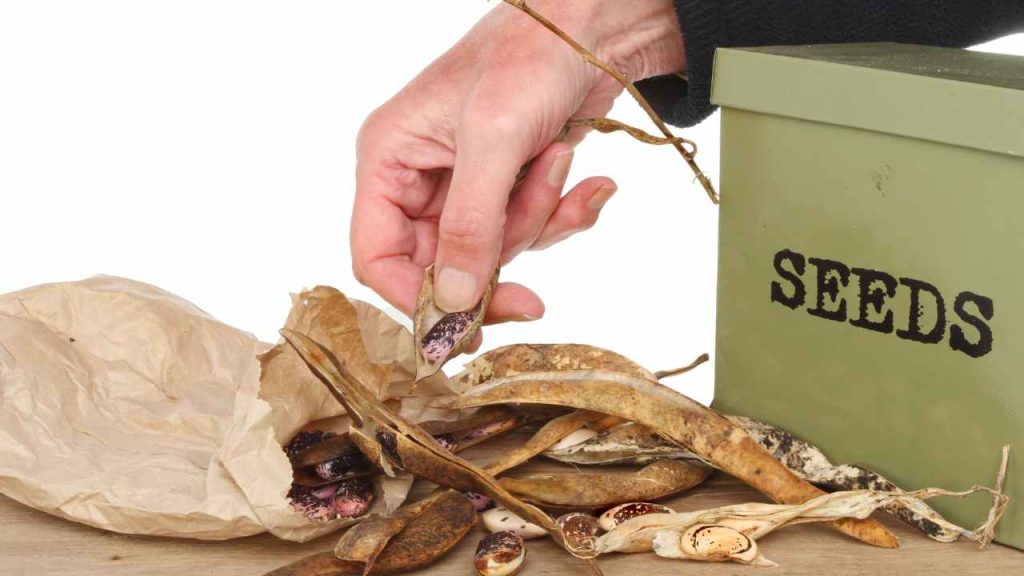
The production of your edible crops depends upon the quality of the seeds. Native Americans know how to save seeds. When you save seeds then you can grow new plants at a cheaper cost.
When you buy seeds from the market then you have to spend money but using your own seeds is less expensive. This method is best for home gardeners who want to propagate their crops.
You can save seeds of many vegetables like beans, peas, tomatoes, lettuce, eggplant, peppers, and more. Before harvesting, you should make sure the seeds are mature enough so you can save them for the next growing season.
Another thing you should be aware of is that the seeds should be completely dry after harvesting. You need a paper towel and spread all the seeds on it and place them in a well-ventilated area. Make sure there is no direct sunlight.
After a few weeks when they are fully dry And keep all the seeds in an airtight container, you can also use a mason jar. For this purpose, place your container in a dark, cool, and dry place. If you store seeds properly then they will last for years you can also freeze them to extend their story life.
